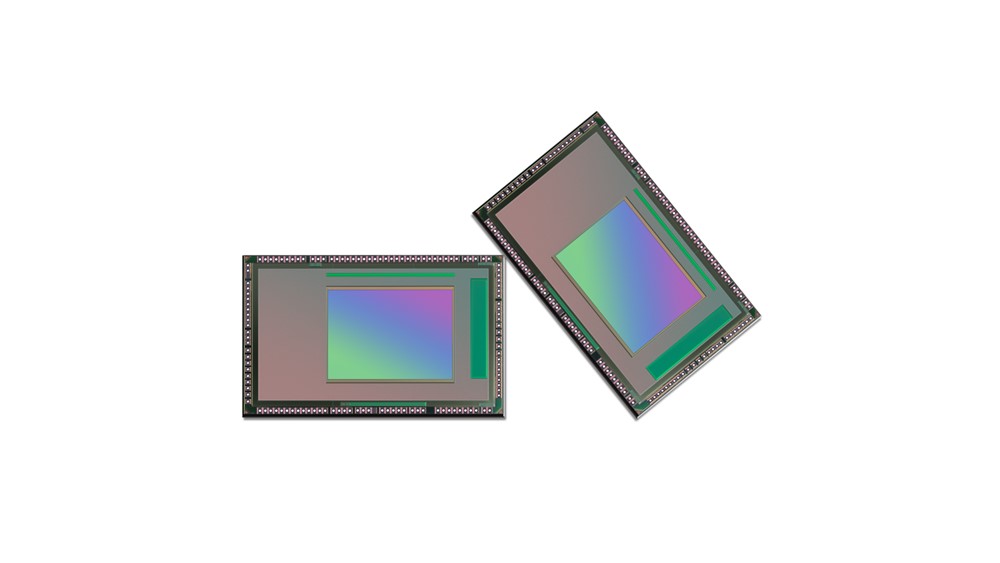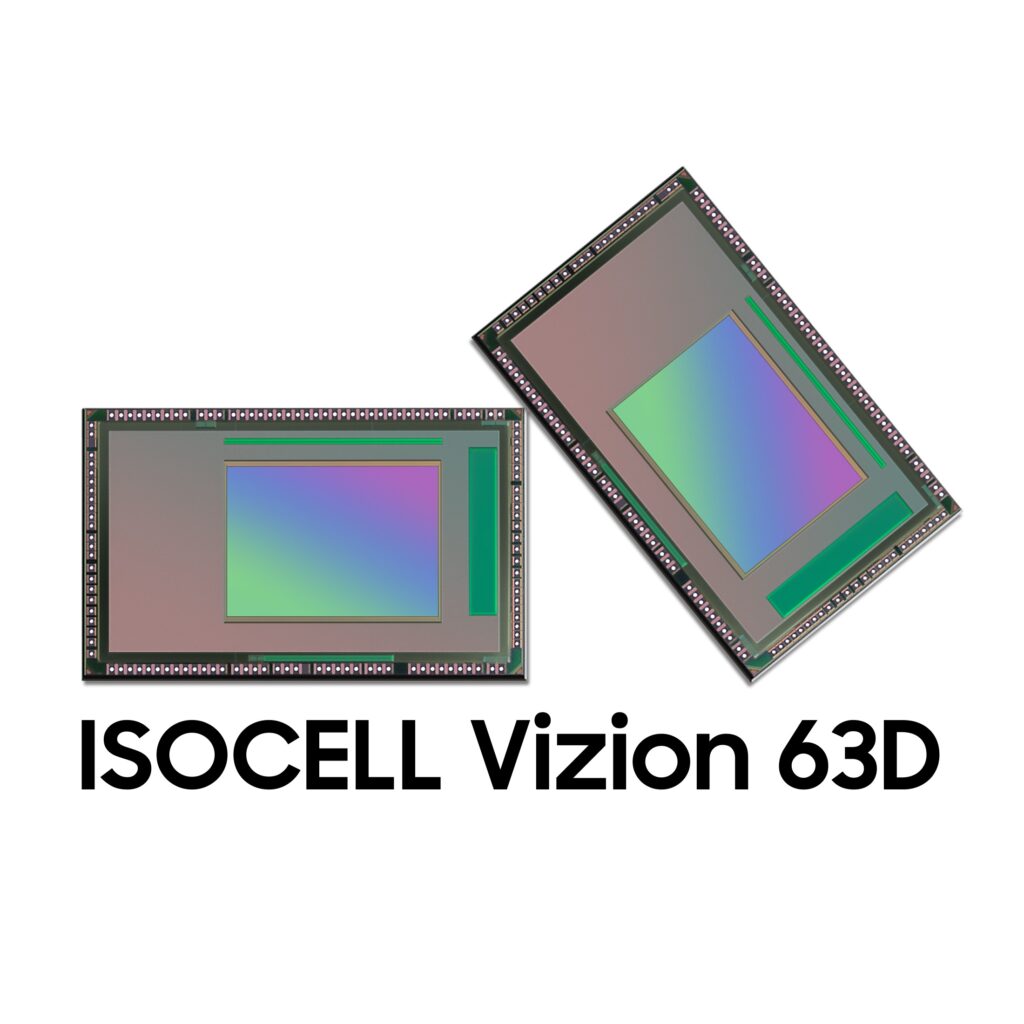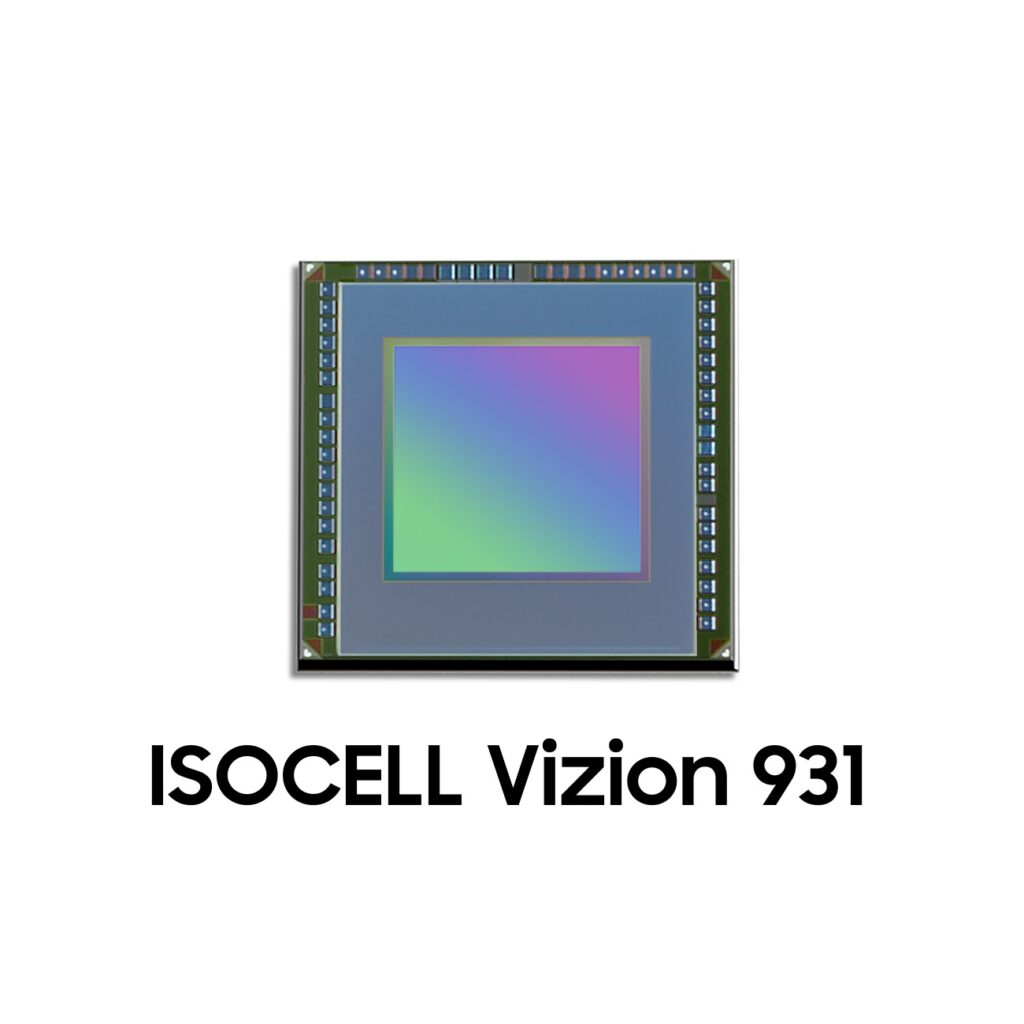
Samsung Introduces Latest ISOCELL Vizion Sensors Optimized for Robotics and Extended Reality (XR) Implementations

By DaMarko Webster
Samsung Electronics, a global leader in cutting-edge semiconductor technology, has unveiled two groundbreaking additions to its ISOCELL Vizion sensor lineup—the ISOCELL Vizion 63D, a time-of-flight (ToF) sensor, and the ISOCELL Vizion 931, a global shutter sensor. Originally introduced in 2020, Samsung’s ISOCELL Vizion series encompasses ToF and global shutter sensors designed to enhance visual capabilities across a broad spectrum of next-gen applications in mobile, commercial, and industrial sectors.
Haechang Lee, Executive Vice President of the Next Generation Sensor Development Team at Samsung Electronics, emphasized the advanced sensor technologies embedded in the ISOCELL Vizion 63D and ISOCELL Vizion 931, foreseeing their pivotal role in driving machine vision for emerging high-tech applications such as robotics and extended reality (XR). Lee expressed Samsung’s commitment to advancing the rapidly expanding image sensor market, leveraging the company’s rich history in technological innovation.
Similar to bats using echolocation, ToF sensors like the ISOCELL Vizion 63D measure distance and depth by calculating the time taken for emitted light to travel to and from an object. The ISOCELL Vizion 63D, an indirect ToF (iToF) sensor, excels in three-dimensional spatial awareness by measuring phase shifts between emitted and reflected light. With exceptional accuracy, it proves ideal for service and industrial robots, XR devices, and facial authentication, where precise depth measurement is crucial.
Notably, the ISOCELL Vizion 63D stands out as the industry’s first iToF sensor with an integrated depth-sensing hardware image signal processor (ISP). This innovative one-chip design enables a 40% reduction in system power consumption compared to its predecessor, the ISOCELL Vizion 33D. Capable of processing images at up to 60 frames per second in QVGA resolution, the sensor caters to high-demand display resolutions in commercial and industrial markets.
With the industry’s smallest 3.5㎛ pixel size in iToF sensors, the ISOCELL Vizion 63D achieves high Video Graphics Array (VGA) resolution in a compact 1/6.4” optical format, making it suitable for on-the-go devices. Backside scattering technology (BST) enhances light absorption, providing the sensor with the highest quantum efficiency in the industry at 38%, particularly at an infrared light wavelength of 940 nanometers. This feature contributes to enhanced light sensitivity and reduced noise, resulting in sharper image quality with minimal motion blur.
Moreover, the ISOCELL Vizion 63D introduces support for both flood and spot lighting modes, expanding its measurable distance range from five meters to an impressive 10 meters.
On the other hand, the ISOCELL Vizion 931 is a global shutter image sensor tailored for capturing rapid movements without the “jello effect.” Unlike rolling shutter sensors, global shutter sensors capture the entire scene simultaneously, minimizing distortions associated with moving objects. This makes the ISOCELL Vizion 931 well-suited for motion tracking in XR devices, gaming systems, service and logistics robots, and drones.
Designed with a one-to-one ratio VGA resolution in a compact form factor (640 x 640), the ISOCELL Vizion 931 excels in iris recognition, eye tracking, and facial and gesture detection, particularly in head-mounted display devices like XR headsets.

Setting a new standard, the ISOCELL Vizion 931 achieves the industry’s highest quantum efficiency at 60% for an infrared light wavelength of 850nm. This accomplishment is attributed to the incorporation of Front Deep Trench Isolation (FDTI) and the BST method used in the ISOCELL Vizion 63D.
Notably, the Vizion 931 supports multi-drop connectivity, allowing seamless connection of up to four cameras to the application processor using a single wire. This streamlined wiring enhances design flexibility for device manufacturers, providing a forward-looking solution in the dynamic landscape of advanced sensor technology.







